|
|
|
|
Species Photo Gallery for Lycorma delicatula Spotted Lanternfly 9 |
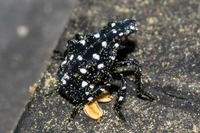 | Photo by: Scott Bolick
Forsyth Co.
Comment: Since original discovery dozens are seen and killed daily | 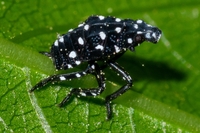 | Photo by: Scott Bolick
Forsyth Co.
Comment: Since original discovery dozens are seen and killed daily |
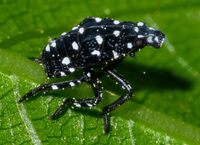 | Photo by: Scott Bolick
Forsyth Co.
Comment: Since original discovery dozens are seen and killed daily | 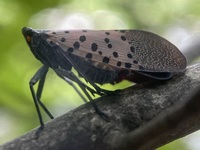 | Photo by: Archer Jones
Forsyth Co.
Comment: Found as part of a study via NCSU’s forest health lab |
 | Photo by: Archer Jones
Forsyth Co.
Comment: Found as part of a study via NCSU’s forest health lab | 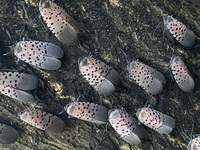 | Photo by: Archer Jones
Forsyth Co.
Comment: Found as part of a study via NCSU’s forest health lab |
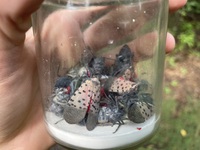 | Photo by: Archer Jones
Forsyth Co.
Comment: Found as part of a study via NCSU’s forest health lab | 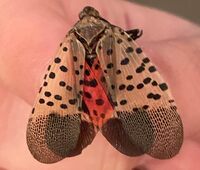 | Photo by: Abby H
Yancey Co.
Comment: found dead in the house; https://www.inaturalist.org/observations/63887835 |
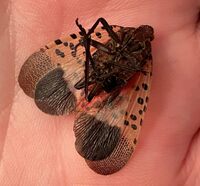 | Photo by: Abby H
Yancey Co.
Comment: found dead in the house; https://www.inaturalist.org/observations/63887835 |

 »
»

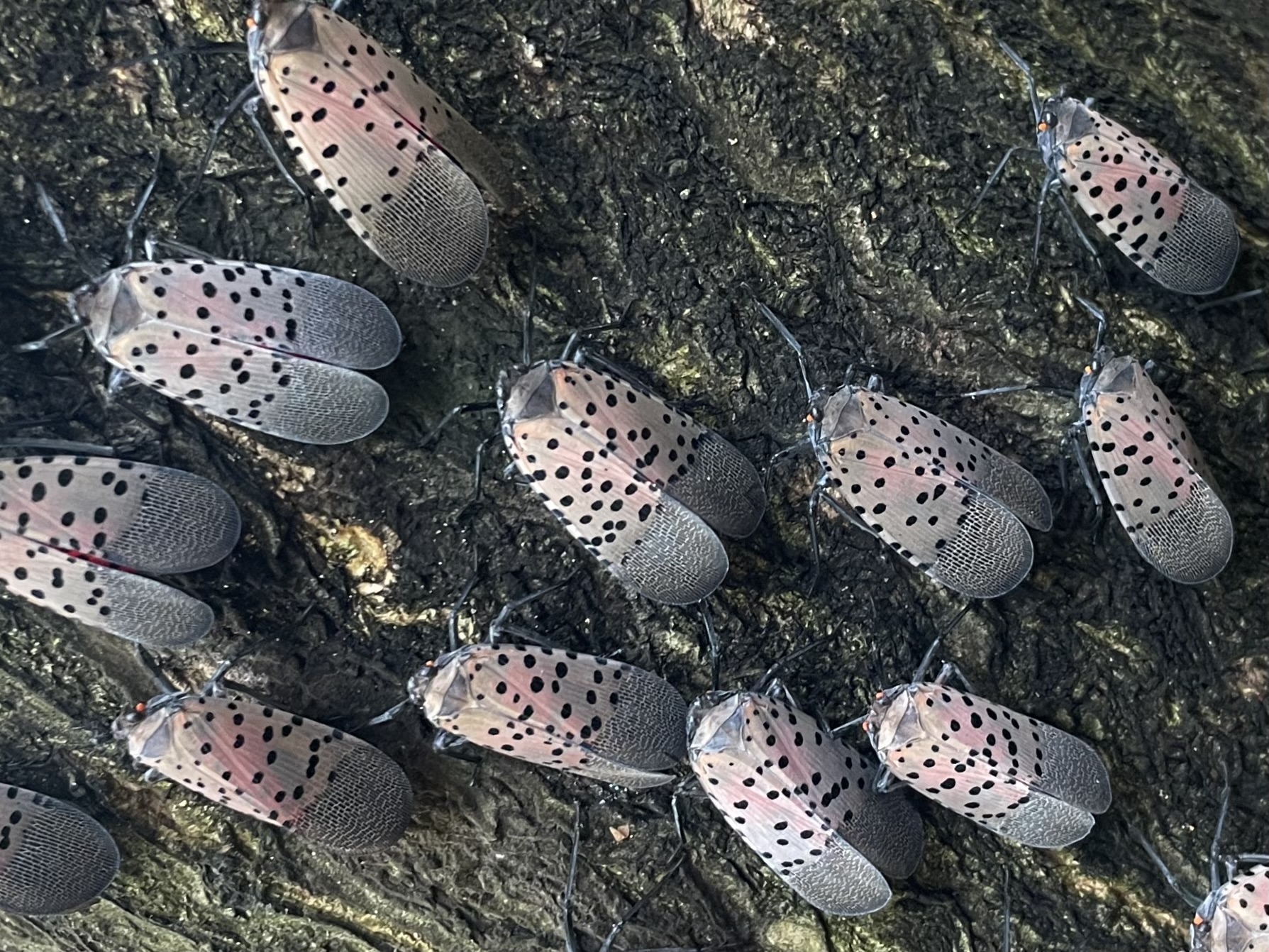
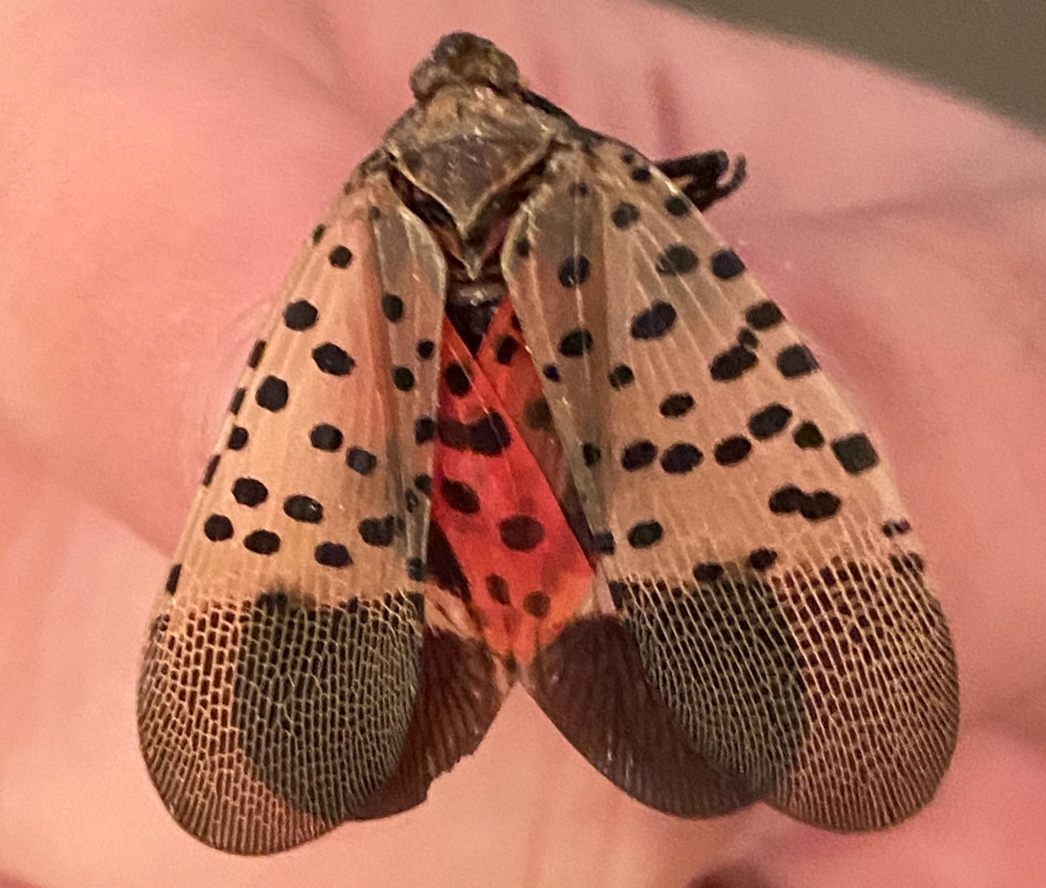

 »
»


